




In the intricate world of modern manufacturing, precision and durability are paramount. As industries evolve, the demand for high-performance components that can withstand extreme conditions while ensuring operational efficiency continues to grow. This article delves into the critical role of **die casting** technology, particularly in producing robust and reliable metal processing machinery parts. We will explore the latest industry trends, dissect the technical parameters of these components, examine their diverse application scenarios, and highlight the undeniable advantages that advanced **die casting** offers to OEMs and end-users alike.
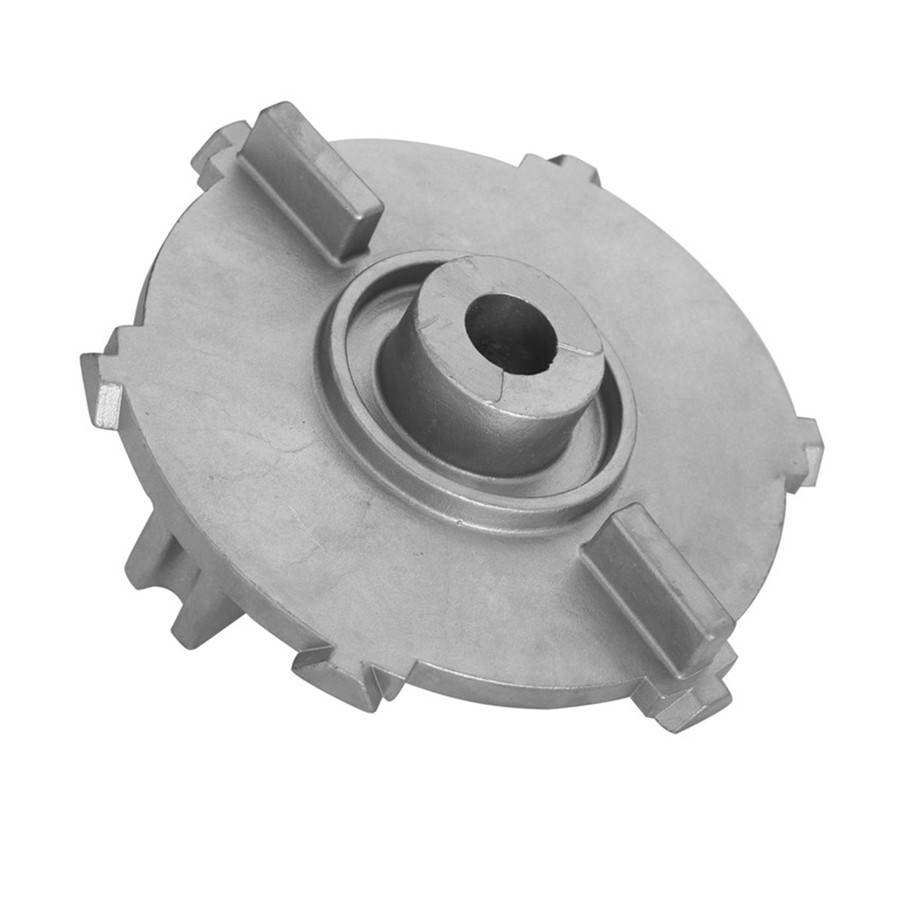
The metal casting industry is experiencing a dynamic transformation driven by automation, digitalization, and a relentless pursuit of sustainability. Key trends include the increasing adoption of Industry 4.0 principles, integrating IoT for real-time monitoring of casting processes, and the rise of advanced simulation software that minimizes defects and optimizes designs. There's a notable shift towards lightweight materials and complex geometries, requiring more sophisticated die casting techniques. Furthermore, global supply chain resilience and localized production are gaining traction, emphasizing the importance of reliable and efficient **oem castings** providers. The drive for higher material utilization and reduced waste is also pushing innovation in recycling and reusability of casting alloys.
According to a report by Grand View Research, the global **die casting** market size was valued at USD 71.3 billion in 2022 and is expected to grow at a compound annual growth rate (CAGR) of 6.2% from 2023 to 2030. This growth is largely attributed to increasing demand from the automotive, industrial machinery, and construction sectors, all of which rely heavily on durable and precision-engineered casting part solutions.
Our featured product, the Metal Processing Machinery Part in Investment Casting, embodies cutting-edge engineering and material science. This component is crucial for various industrial applications, showcasing the versatility and precision attainable through advanced die casting processes. Below, we detail its essential specifications:
Product URL: https://www.mingdametals.com/metal-processing-machinery-part-in-investment-casting-produc.html
Key Features:
The die casting process is a highly efficient manufacturing method for producing geometrically complex metal parts with excellent surface finish and dimensional accuracy. While investment casting is specifically mentioned for our product, it's beneficial to understand the broader die casting umbrella, which encompasses high-pressure and low-pressure methods often used for similar high-volume production of casting part components. Here’s a simplified breakdown of a typical high-pressure die casting process:
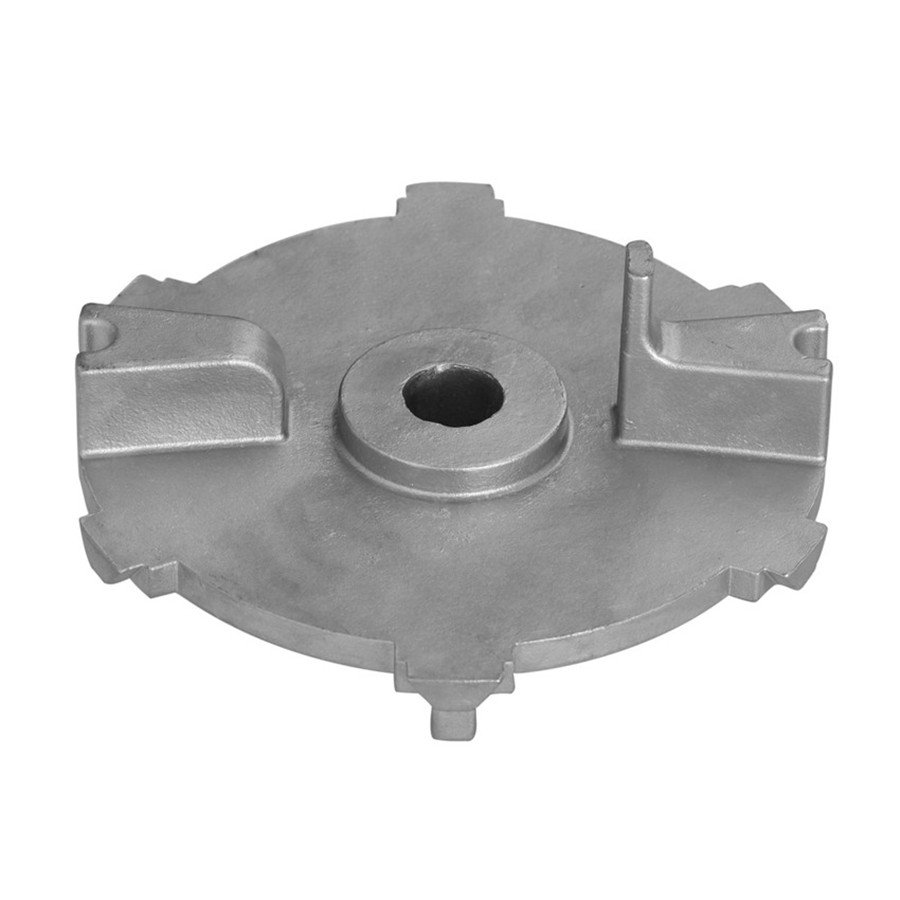
Fig 1: Schematic representation of the die casting process.
This streamlined process allows for high volume production with consistent quality, making it ideal for precision oem castings.
The Metal Processing Machinery Part in Investment Casting is engineered for robustness and versatility, making it indispensable across a spectrum of demanding industries:
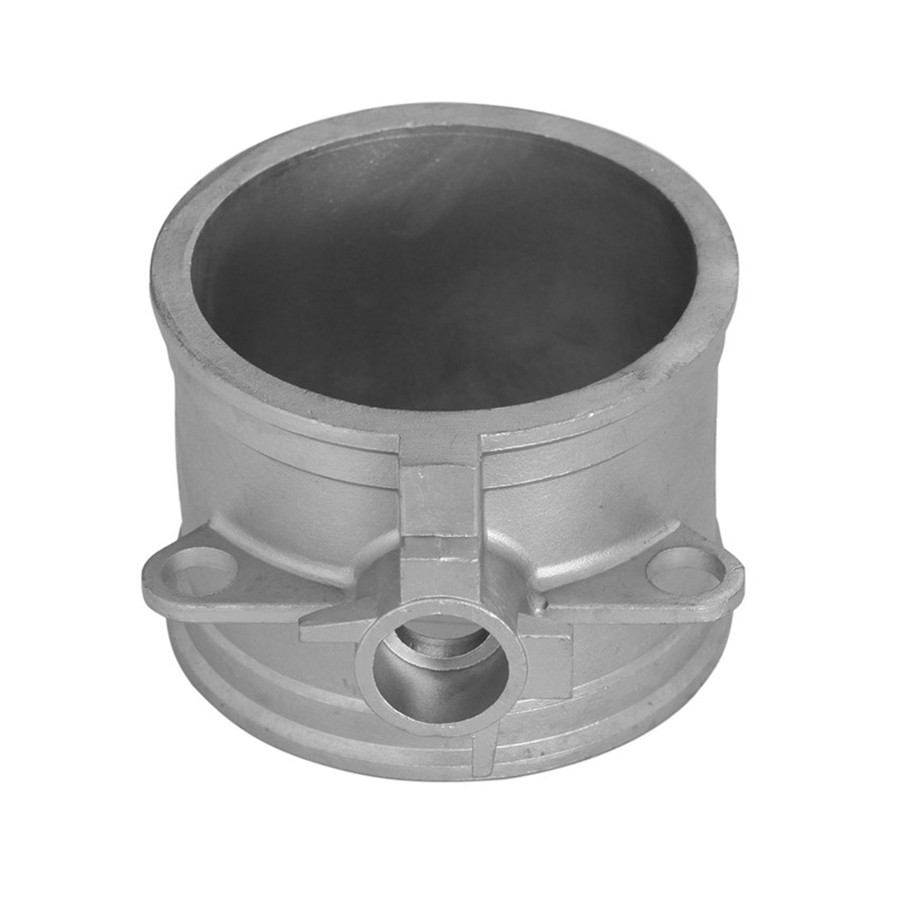
The adoption of advanced die casting techniques for products like the Metal Processing Machinery Part offers a multitude of technical advantages that directly translate into operational benefits and cost savings:
Choosing the right manufacturer for your die casting and oem castings needs is crucial for project success. While various manufacturers specialize in different aspects, focusing on expertise, quality control, and customer support is key. Here's a comparative overview of factors to consider:
| Factor | Mingda Metals (Our Capabilities) | Typical Competitor A (General) | Typical Competitor B (Specialized) |
|---|---|---|---|
| Expertise & Experience | Decades of experience in investment casting & precision die casting for complex industrial parts, with a strong focus on iron casting and stainless steel alloys. Deep understanding of application-specific requirements. | Broad range of casting methods, limited specialization in complex alloys or critical applications. | Highly specialized in one niche (e.g., automotive die casting), potentially less versatile for diverse industrial needs. |
| Quality Certifications | ISO 9001:2015 certified, adherence to ASTM, ANSI, DIN standards. Rigorous in-house NDT capabilities. | ISO 9001 certified, basic quality checks. | May have industry-specific certifications (e.g., IATF 16949 for automotive). |
| Technological Advancement | Utilizes advanced simulation software (e.g., solidification modeling), automated casting lines, and multi-axis CNC machining for secondary ops. | Standard casting machinery, less emphasis on advanced simulation. | May invest heavily in specific advanced tech relevant to their niche. |
| Material Range & Complexity | Extensive material expertise including various stainless steels, carbon steel, alloy steel, and superalloys, capable of handling intricate geometries for any casting part. | Limited to common alloys (aluminum, zinc, basic steel). | Focus on specific high-performance alloys within their niche. |
| Customization & R&D | Strong engineering support for custom designs, prototyping, and R&D for new alloys or processes. | Limited design support, primarily focused on existing patterns. | May offer significant R&D within their specific product range. |
| Customer Support & Warranty | Dedicated project managers, transparent communication, comprehensive warranty, and after-sales support. | Standard customer service, limited post-delivery support. | Varies, but often strong within their specialized area. |
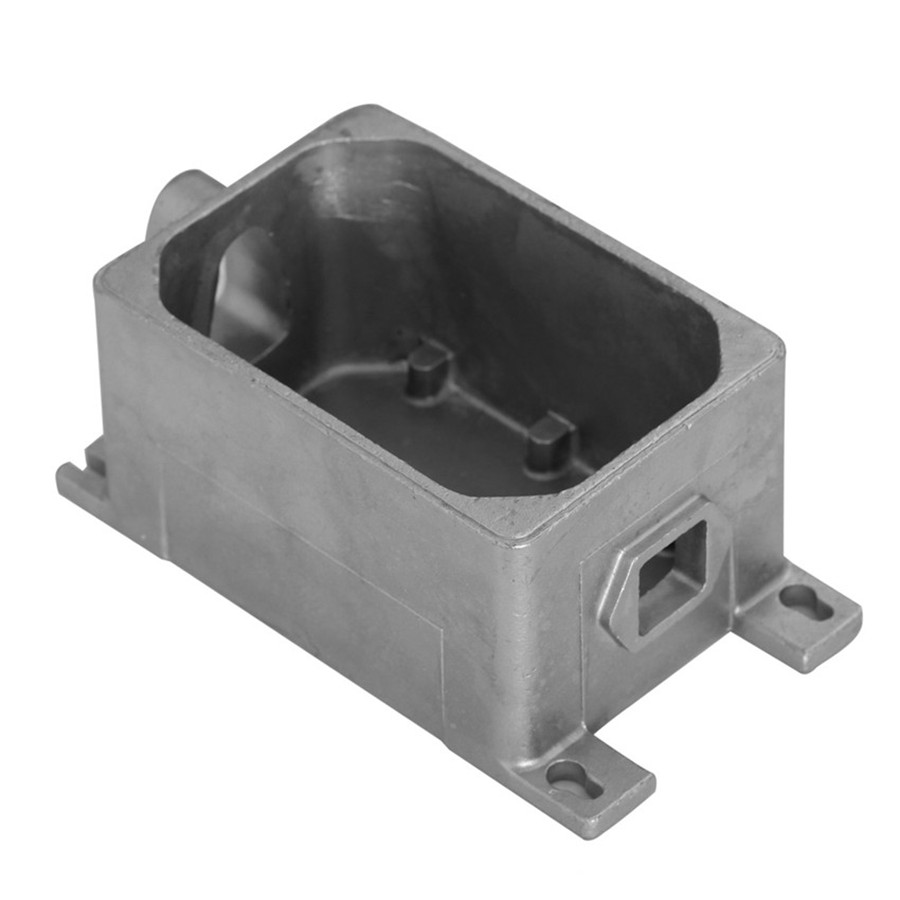
At Mingda Metals, we understand that off-the-shelf solutions rarely meet the precise demands of complex industrial applications. Our expertise lies in providing bespoke die casting and oem castings tailored to your unique specifications. This involves a collaborative process from initial concept to final production:
Our commitment to excellence is reflected in the successful deployment of our Metal Processing Machinery Part in Investment Casting across diverse critical applications:
A major oil & gas exploration company required a highly durable pump housing capable of withstanding extreme pressures and corrosive saltwater environments on offshore drilling platforms. Traditional fabricated housings showed premature failure. We proposed a custom die casting solution using a specialized Duplex Stainless Steel (ASTM A890 Grade 1B/CD3MN) known for its excellent corrosion resistance and strength. Through advanced simulation and precise investment casting, we delivered housings with superior internal integrity and dimensional accuracy. Client feedback indicated a 40% increase in mean time between failures (MTBF) and significant reduction in maintenance costs within the first two years of operation. This demonstrated the immense value of precision oem castings.
A large municipal water treatment plant faced frequent corrosion-related failures in their existing valve components, leading to operational downtime. We provided die casting of complex valve body and disc casting part from SS316L, optimized for flow dynamics and enhanced corrosion resistance against various chemicals. Our parts, manufactured under strict ISO 9001 guidelines, offered extended service life and reduced bio-fouling, improving overall plant efficiency. The client praised our ability to meet tight delivery schedules while maintaining uncompromising quality, directly contributing to their compliance with environmental regulations.
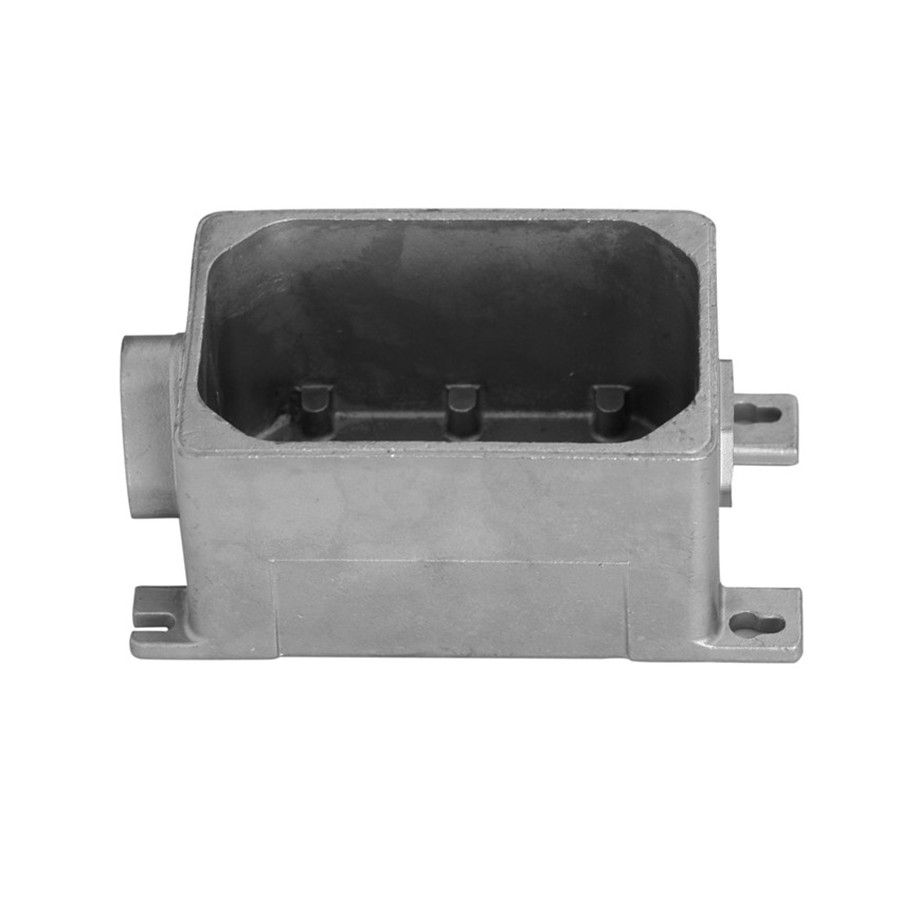
Building long-term partnerships is at the core of our business philosophy. We instill trust through transparent processes, robust quality assurance, and unwavering customer support:

A1: We primarily utilize high-grade materials such as various stainless steels (e.g., 304, 316, 17-4 PH), carbon steel, alloy steel, and sometimes specialized superalloys, depending on the required mechanical properties, corrosion resistance, and operational environment. While traditional **die casting** often focuses on non-ferrous alloys like aluminum and zinc, investment casting, which our product utilizes, excels with steels and other high-melting-point metals, including certain iron casting grades.
A2: Dimensional accuracy is achieved through precise tooling design, advanced simulation of molten metal flow and solidification, and strict process control during casting. Post-casting, we employ CMM (Coordinate Measuring Machine) and other precision gauges for meticulous dimensional inspection, ensuring parts meet specified tolerances, typically ±0.005 inches per inch.
A3: We adhere to international quality standards including ISO 9001:2015. Material specifications are validated against ASTM, DIN, and JIS standards. Our inspection regime includes chemical analysis, mechanical property testing (tensile, hardness, impact), and non-destructive testing (NDT) such as X-ray radiography, ultrasonic testing, magnetic particle inspection, and liquid penetrant inspection, as per project requirements.
A4: Absolutely. Our Metal Processing Machinery Parts are often cast from highly corrosion-resistant materials like 316L stainless steel, specifically chosen for applications in aggressive chemical, saline, or high-humidity environments. We can also apply specific surface treatments for enhanced protection against particular corrosive agents.
A5: Designed for longevity, our components typically have an estimated operational lifespan of 10-20 years or more, depending on the specific material, operational conditions (temperature, pressure, abrasion), and maintenance practices. Proper material selection and precision manufacturing contribute significantly to their extended durability.
A6: Yes, customization is a core service. We work closely with clients from the design phase to production, accommodating specific installation standards (e.g., ANSI B16.5 flange dimensions for piping components) and developing unique designs. Our engineering team leverages DFM (Design for Manufacturability) principles to ensure that custom parts are not only functional but also optimized for cost-effective die casting production.
A7: We offer a full suite of secondary operations to deliver finished components. These include precision CNC machining for critical features and tight tolerances, heat treatments (e.g., annealing, normalizing, quenching, tempering) to achieve desired mechanical properties, various surface finishing techniques (e.g., shot blasting, polishing, passivation, painting), assembly, and specialized testing.